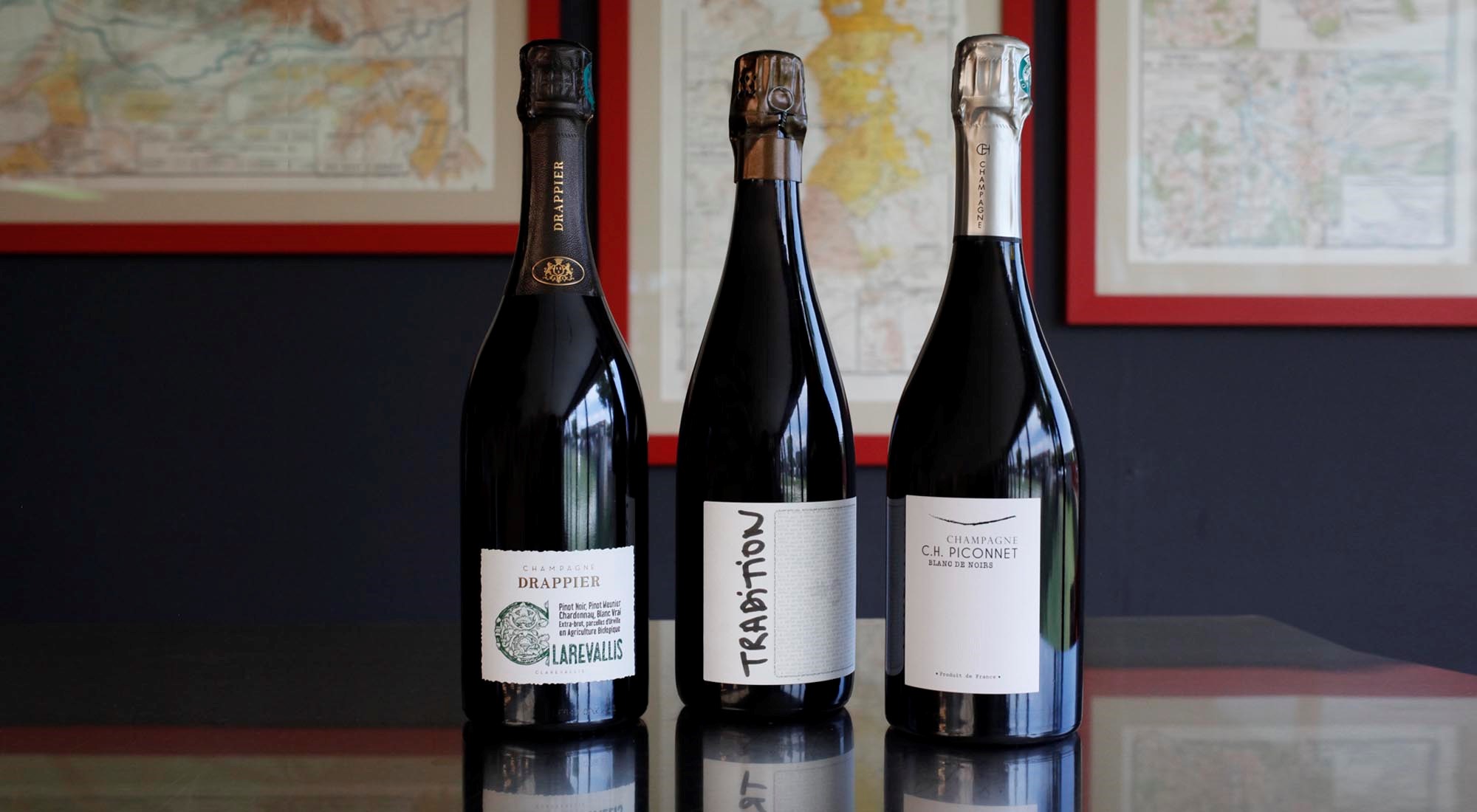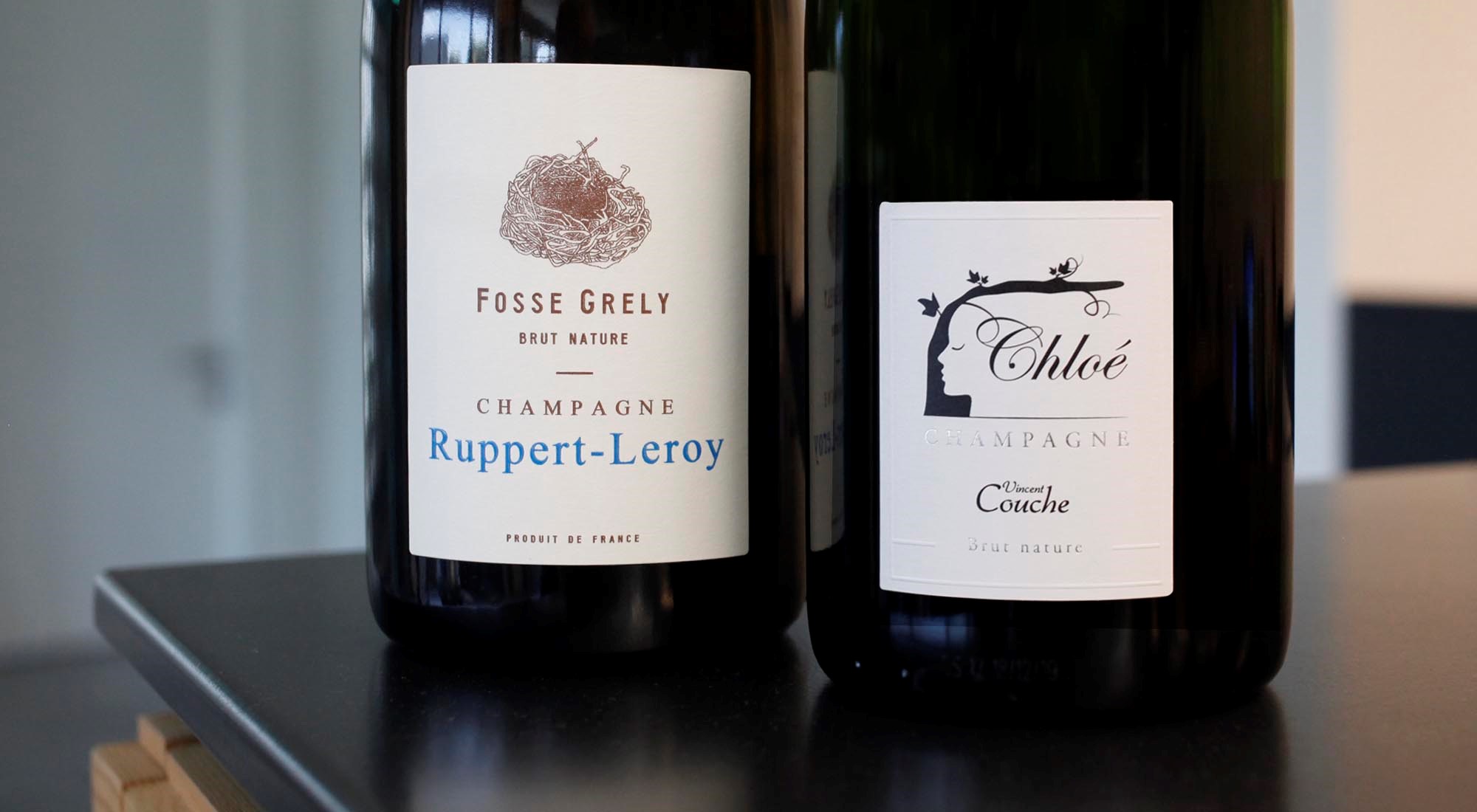The silvery serpentine valleys at the southernmost tip of the Champagne region are dotted with creeks and confluences, and it is the spectacle of the rivers of the Aube, Seine, Ource and all the other rivers and canals that cut Champagne Côte des Bar in two parts. Always considered borderland, this territory looks towards the Aube and Haute-Marne. Between the two strongholds of Bar-sur-Aube and Bar-sur-Seine a mosaic of vines stretches out for kilometres, each with its own character due to its exposure and the soil on which it stands: the polarisation of Champagne from Côte des Bar has two different names: to the north it is called Bar-sur-Aubois and to the south Barséquanais. However, Pinot Noir is the undisputed lord of these locations, but thanks to the climate, geological profile and different sensibilities in terms of vineyard cultivation, it is characterised by a sober lightness that makes it different when compared to that of the Montagne de Reims. Then there is the soil: a terrain in which clay and limestone predominate, with a profile that resembles the area of Chablis, further south. So beware: although far from the nerve centre of the Grand Cru, Champagnes from Côte Des Bar are anything but the child of a lesser god.

The first demonstration comes from Drappier Champagne Extra Brut Clarevallis - white gold from a blend of the minorities Meunier, Chardonnay and Pinot Blanc with the preponderant Pinot Noir, which tells the story of the hill of Urville. The same hill where St. Bernard founded the Abbey of Clairvaux in the 12th century and where today the Maison - the favourite of General De Gaulle - continues to age some of its most prestigious cuvées in the same cellars built by the Cistercian monks.
Nevertheless, the story of the Champagnes from Côte des Bar is first and foremost the story of Vignerons. For example that of a new “sustainable” generation of independent winegrowers, who aim to enhance the unique expressiveness of the terroir while preserving it: this inclination is well described by C.H. Piconnet Champagne Extra Brut Blanc de Noirs - 100% Pinot Noir and proud representative of the terroir in which it was born.
The same natural imprint, not only in the vineyard but also in the cellar, is what Charles Dufour Champagne Extra Brut Bulles de Comptoir #9 Tradition leaves behind. An all-round wine, before being considered Champagne, to which vin de réserve of no less than seven vintages contribute, with a studied mix of Pinot Noir and Chardonnay, to which an indispensable final touch of Pinot Blanc is added.

Few, however, know the secret behind Clandestin Champagne Brut Nature Les Semblables (Boréal). This label is the fruit of the encounter between Bertrand Gautherot and his young right-hand man Benoit Doussot, but above all of a Pinot Noir that grows on a fortunate mixture of clay and limestone: the soil that makes up the singular type called “Kimmeridgian”, which is (literally) the basis of the world’s finest and most famous wines.
Another Pinot Noir specialist, for over five generations, has been the Vigneron family that produces Coessens Champagne Largillier Blanc de Noirs. Here, too, the soil is the absolute protagonist: thanks to the clay that defines a vineyard that is a real monopoly. This is a truly unique corner of Champagne Côte des Bar region, which the Coessens have divided, according to taste profile, into Minéral, Matière, Fruit and Fleur, of which only the last two are involved in the creation of the cuvée.
“The art of being natural” is the philosophy that defines and qualifies Fleury Champagne Brut Blanc de Noirs - a label that tells, with its vigorous but at the same time elegant Pinot Noir in purity, the path that for decades has been a true precursor of biodynamics, not only in the Champagne Côte des Bar region.
The creation led by Simon and Marie Normand is still very young: the estate managed by the siblings is located where the Seine meets the Arce. An unusual and amusing Blanc des Blancs come to life: La Borderie Champagne Extra Brut La Confluente - an unconventional blend of 80% Chardonnay and 20% Pinot Blanc. 
Cuvées from individual vintages, individual plots and with no dosage: this is the philosophy of Bénédict, a former PE teacher turned into Vigneron. His Ruppert-Leroy Champagne Brut Nature Fosse-Grely is an equal blend of Pinot Noir and Chardonnay from the lieu-dit La Fosse, in the Domaine in Essoyes, where up until 1980 sheep were still grazing freely.
Few bottles, but a large amount of passion is the main feature of the young Vigneron behind Vincent Couche Champagne Brut Nature Chloé - buttery Champagne, thanks to the fortunate encounter between the Pinot Noir of Buxeuil and the Chardonnay of Montgueux: the umpteenth “small” evidence of the absolute greatness of the Champagnes from Côte Des Bar.
Discover the selection of GLUGULP's Champagnes from Côte des Bar here!
